Supporting healthy water and habitat through restoration of the watershed’s living infrastructure.
Restoring Our Shorelines
A growing number of communities around the country are employing programs to restore shorelines to their natural form.
The benefits of these naturalized living shorelines are well documented to numerous studies, and research verifies that they provide significant improvements in the water quality, habitat, and shore resiliency. Buffalo Niagara Waterkeeper launched our Living Shoreline program within the Niagara River Greenway in 2013.
We implement innovative methods and approaches to restore degraded shorelines throughout the entire Niagara River/Lake Erie Watershed that enhance water quality, habitat integrity, and natural functions.
The current convention for managing waterfront properties utilizes hardened structures and mowing to the edge practices. As a result, many of our natural shoreline habitats have been lost. It is estimated that over 80% of the shoreline along the upper Niagara River has been altered from its natural form. The Living Shoreline program was developed in response to this critical need to restore the quality and function of shoreline habitat within our region. By implementing and sharing restoration techniques, our goal is to make healthy landscapes recognizable and highly visible in order to promote widespread change in how we manage our natural assets.
The Living Shoreline program aims to restore both hardened and degraded shoreline areas to their natural, resilient, and self-repairing form which will better support a sustainable, protective, and higher-functioning ecosystem.
A healthy shoreline encompasses the full expanse of the land-water interface: in-water, shoreline, and upland. When functioning properly, the interface will:
Utilizing best management practices, Waterkeeper is applying innovative bioengineering techniques to execute the Living Shorelines Program. Bioengineering employs native and naturalized plant species, natural slopes, and other natural materials, such as stone, boulders, and log revetments to buffer the shore and vegetation from storm effects and hydrologic forces. When applied to a shoreline that is hardened or eroding, these techniques restore the ecosystem services provided by the habitat components that make up a living shoreline, including improved water quality and enhanced biodiversity.


